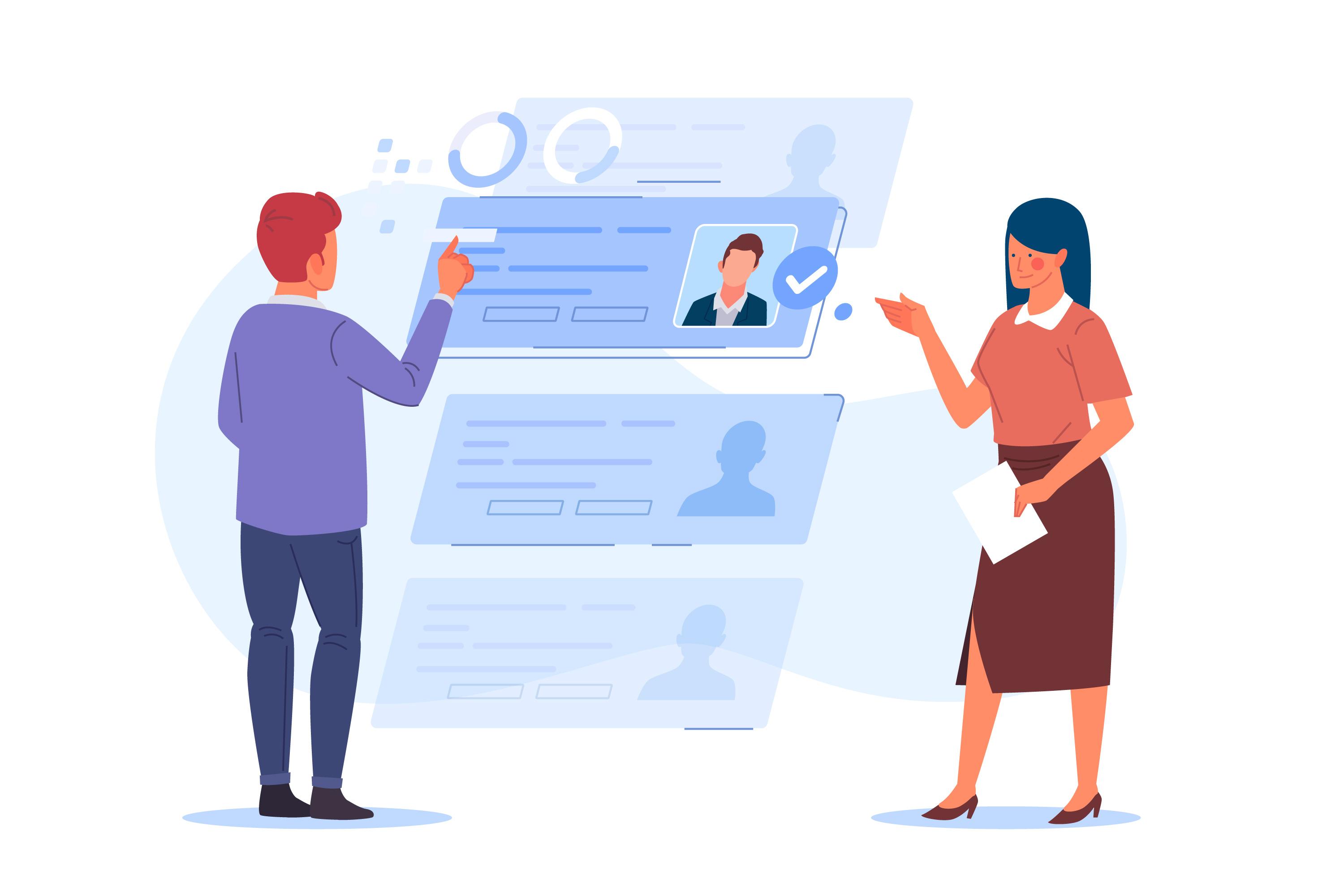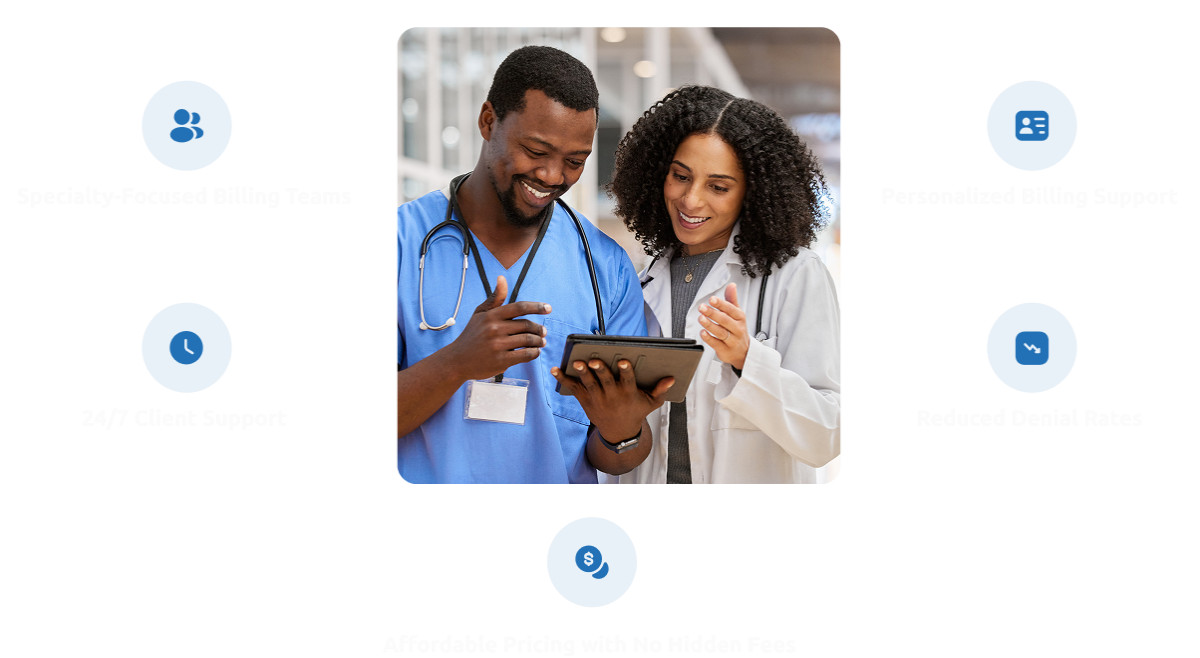
Why software and data skills power Nigeria’s economy: boost productivity, create quality jobs, and accelerate digital transformation
Nigeria is young, ambitious, and online. Our banks run on APIs, our stores sell on WhatsApp, our movies stream globally, and our factories track inventory on the cloud. Every one of those touchpoints is powered by software and turned into decisions by data. If we want higher productivity, better-paying jobs, and globally competitive businesses, we need far more people who can build software and work with data, not someday, but now.
Three forces make the case urgent:
Digital-first industries. Fintech, e-commerce, healthtech, logistics, media, and energy are scaling on code and analytics.
AI everywhere. From fraud detection to demand forecasting, AI is creeping into everyday operations; the gatekeeper is data literacy.
Global demand. Nigerian talent already serves clients in the UK, EU, and North America. Remote work turns Lagos, Abuja, and PH into export hubs for skills.
Training Nigerians at scale in software engineering and data isn’t just about “tech jobs.” It’s how we raise productivity in every sector, manufacturing, agriculture, government services, education, and healthcare.
What the market actually needs (roles & outcomes)
Let’s map roles to real outcomes organizations care about:
Software Engineer / Full-Stack Developer
Builds and maintains applications used by customers and staff. Outcomes: faster features, fewer bugs, better user experience, secure systems.
Backend Engineer / API Developer
Turns business rules into reliable services (payments, onboarding, inventory). Outcomes: uptime, performance, and integration velocity.
Frontend Engineer
Crafts responsive, accessible interfaces. Outcomes: higher conversion, lower bounce rate, happier customers.
DevOps / Cloud Engineer
Automates deployments, observability, and scaling. Outcomes: fewer incidents, faster releases, lower hosting costs.
Data Analyst
Cleans, explores, and visualizes data to answer business questions. Outcomes: clear dashboards, KPI alignment, decisions made on facts.
Data Scientist / ML Engineer
Builds models for predictions (churn, fraud, credit risk), recommendations, and optimization. Outcomes: reduced loss, improved revenue, better personalization.
Analytics Engineer
Tames data pipelines and turns raw data into reliable, reusable models. Outcomes: trustworthy metrics and faster insights.
Product & QA roles (not core of this article, but crucial)
Translate business goals to features and ensure quality. Outcomes: clarity, fewer rollbacks, better customer satisfaction.
The thread tying all of them together is not “tech for tech’s sake,” but measurable business outcomes, revenue, cost, risk, and customer experience.
Could Nigeria Thrive Without Modern Software & Data Skills?
Short answer: no.
Nigeria’s growth engine now runs on code and information. Without strong software and data capabilities, we’d face:
Lower productivity: Manual, spreadsheet-driven processes slow everything, from payroll to supply chains.
Weaker SMEs: Small businesses can’t sell online, automate finance, or analyze customers, limiting scale and jobs.
Stalled fintech & payments: Security, fraud detection, KYC, and real-time services depend on robust engineering and analytics.
Fragile infrastructure: Power, telco, logistics, and healthcare need reliable software, telemetry, and data models to optimize uptime and cost.
Poor public services: Digital ID, tax, benefits, transport, and education require platforms, APIs, and trustworthy data.
Missed export revenue: Remote work lets Nigerian talent earn globally; without skills, we forfeit foreign exchange and premium jobs.
AI left on the table: From agriculture forecasting to clinical triage, AI ROI only appears where data pipelines and software delivery exist.
Bottom line: Software and data aren’t “nice to have,” they’re the operating system of a modern economy. Invest in them, and Nigeria accelerates; neglect them, and we compete with the parking brake on.
Skill map: what to learn (without fluff)
You don’t need everything at once. You need foundations, one delivery stack, and a portfolio.
A. Foundations (everyone)
- Programming fundamentals: variables, control flow, functions, data structures.
- Git & GitHub: version control, branching, pull requests.
- Software design basics: APIs, HTTP, databases, testing.
- Data literacy: spreadsheets, SQL, descriptive statistics, visual storytelling.
- Professional skills: requirements gathering, documentation, feedback loops.
B. Software Engineering “starter stack”
- Frontend: HTML/CSS, JavaScript, React (or Vue).
- Backend: Node.js/Express or Python/FastAPI (Java/Spring Boot also great).
- Databases: PostgreSQL or MySQL; basic Redis for caching.
- Testing: unit + integration tests, Postman/Insomnia for APIs.
- DevOps basics: Docker, CI/CD (GitHub Actions), cloud deploy (Render, Railway, AWS, Azure, GCP).
C. Data & AI “starter stack”
- Core tools: Python, Jupyter, Pandas, NumPy, SQL.
- Visualization: Power BI or Tableau; Matplotlib/Plotly for Python.
- ML essentials: Scikit-learn, model evaluation, cross-validation, feature engineering.
- Data engineering hygiene: dbt (analytics engineering), Airflow/Prefect (orchestration), data quality checks.
- Responsible AI: bias, fairness, reproducibility, model cards.
Choose a lane first (software or data), then cross-train later if your role requires it.
Learning models: choose what fits your life
No two learners, or employers, are the same. The best programs blend practical projects, flexible schedules, and career support.
Bootcamps & Academies. Intensive, portfolio-driven programs (evenings/weekends or full-time). Look for instructor feedback, code reviews, and career services.
University + Upskilling. If you’re in school or a recent grad, pair your degree with hands-on courses to get job-ready faster.
Self-paced + Mentorship. Online content is abundant; add a mentor for accountability and project feedback.
Corporate cohorts. Employers train squads to modernize stacks and analytics; ROI shows up in throughput and fewer incidents.
Apprenticeships. Learn while working on real tickets with a safety net; ideal for the first 3–6 months.
Quality checklist before you enroll:
Does the curriculum end in shippable projects?
Do you get code reviews and portfolio critiques?
Is there interview prep (DSA for devs, case questions for analysts)?
Are there hiring partners or internship pathways?
Can you attend evenings/weekends if you’re working?
Project-first learning: build a portfolio that employers believe
Employers hire evidence. Build 3–5 projects that show depth and relevance:
For software engineers
Payments-ready store: full-stack app with authentication, carts, checkout, and webhooks.
Employee self-service portal: CRUD + role-based access, audit logs, and tests.
DevOps pipeline: CI/CD to cloud, blue/green deploy, basic observability.
For data/AI roles
Business dashboard: clean a messy dataset, model KPIs, publish a Power BI or Streamlit app answering a real decision.
Churn or credit-risk model: EDA → feature engineering → model training → evaluation → explainability.
Forecasting: demand or revenue forecasting with clear model governance.
Each project should come with:
A README that explains the problem, data, decisions, and outcomes.
Screenshots/demo links (or short Loom videos).
Tests (for code) or data validation checks (for analytics).
A note on trade-offs, what you simplified and why.
Career placement: how to get hired faster
A. Prepare for the hiring funnel
Resume: outcome bullets (“improved API latency by 30%,” “reduced data prep time by 40%”).
LinkedIn/GitHub: show a real person shipping real work. Pin your best repos.
Interview prep: mock interviews, whiteboarding for system design, SQL drills, and business cases.
Referrals: alumni, mentors, and meetups accelerate the process.
B. Types of roles that hire juniors
Tech startups with a mentorship culture
Banks/fintechs modernizing stacks
Agencies/consultancies doing client work
Ops-heavy companies (logistics, retail, healthcare) moving to data-driven workflows
C. Internships & apprenticeships
Target short, scoped projects (8–12 weeks) with specific success definitions. Many employers extend offers when you ship value.
For employers: the ROI of training squads
If you lead a team, an 8–12-week upskilling sprint can pay for itself:
Throughput: more features per quarter; shorter cycle times.
- Reliability: fewer incidents; cheaper operations with DevOps automation.
- Insights: real dashboards that unify Finance, Sales, and Operations.
- Retention: people stay where they grow.
- Start with one squad (6–12 people). Define goals (e.g., “CI/CD across two services,” “forecast accuracy +15%”), measure before/after, and share the wins.
Barriers and how to overcome them
Irregular power & internet: plan offline-friendly tooling (local databases, downloads for content), and schedule on-campus labs with reliable power.
Cost: look for scholarships, employer sponsorship, or installment plans. A short, high-intensity program often beats a long, unfocused one.
Imposter syndrome: mentorship and peer reviews build confidence faster than solo study.
Time constraints: weekend/evening cohorts keep paychecks intact while you switch lanes.
Job market noise: curate your search, apply to roles that match your projects, not everything with “data” or “software” in the title.
What “good” programs have in common
- Outcomes > hours. Clear deliverables each week, not endless lectures.
- Review culture. Code reviews, portfolio critiques, and mock interviews.
- Industry input. Instructors who ship software or analytics in real life.
- Career services. Resume support, interview practice, and hiring partners.
- Community. Peers who can answer “why is my pipeline failing?” at 10 pm.
Sample capstone ideas (Nigeria context)
Fintech: KYC portal + risk scoring dashboard; fraud-alert model with explainability.
Retail/e-commerce: Sales forecasting by region; inventory reorder alerts; pricing experiments with A/B testing.
Healthcare: Clinic appointment scheduler; claims analytics to reduce denials; patient no-show predictor.
Logistics: Route optimization; ETA prediction; driver performance dashboard.
Public sector: Service request portal; budget transparency dashboard with open data.
Each capstone should mirror a real workflow and include the boring-but-crucial parts (auth, logging, testing, documentation).
Soft skills that carry you
- Great engineers and analysts do more than write code. They:
- Ask framing questions: what’s the business goal?
- Communicate clearly: write one-page proposals and post-mortems.
- Manage expectations: small weekly demos beat big reveals.
- Give and receive feedback: professionally and often.
- Document: so others can pick up where you left off.
- These habits multiply your technical impact.
How employers can hire better (and fairer)
- Use role scorecards. Define outcomes and competencies; interview to the rubric, not vibes.
- Blind early screens. De-emphasize school names; focus on projects and skills.
- Paid take-homes or working sessions. Respect candidates’ time; scope a real task.
- Starter projects for new hires. Small, well-scoped tickets in week 1 build momentum.
- Mentor assignment. Pair every new hire with a guide for 90 days.
- This builds a pipeline that’s both inclusive and effective.
Your 7-day starter plan (individual or team)
Day 1: Pick your lane (software or data) and a 90–180 day path.
Day 2: Set up your dev or analytics environment; learn Git basics.
Day 3: Choose a simple, useful project; write a “Done = …” definition.
Day 4: Build for 90 minutes; push to GitHub; note blockers.
Day 5: Add tests/validation; write a short README; deploy a demo if possible.
Day 6: Share for feedback (mentor/peer); fix one thing; polish UI or charts.
Day 7: Post your project on LinkedIn; start a second issue from your backlog.
Repeat for 8–12 weeks. You’ll be surprised how quickly your portfolio compounds.
The bigger picture: talent as an export
Nigeria’s creative and technical talent already competes globally. With reliable training pipelines and career support, we can export skills at scale, earning in foreign currency while building better products at home. Every trained engineer or analyst raises the ceiling for the teams around them; every team that modernizes pulls its suppliers and partners forward.
Conclusion: Don’t wait for perfect, start with possible
The demand is here. The tools are accessible. The barrier is no longer “where do I learn?” but “will I commit to shipping small, useful things every week?” Whether you’re a student, a mid-career professional, or a company leader, the path is the same: learn by building, prove value with projects, and compound your skills with feedback.
Level up Nigeria, one portfolio, one team, one shipped feature at a time.
Ideas you can use
Learners: Pick a path, ship a project this month, and ask for feedback.
Employers: Upskill one squad; set one measurable goal; share the before/after.
Educators/Bootcamps: Tie every module to a portfolio artifact and a hiring outcome.
Want to get started with Software Development? Visit Delon Academy to register for our Beginner's training, Upskilling and Reskilling Experienced Staff
























